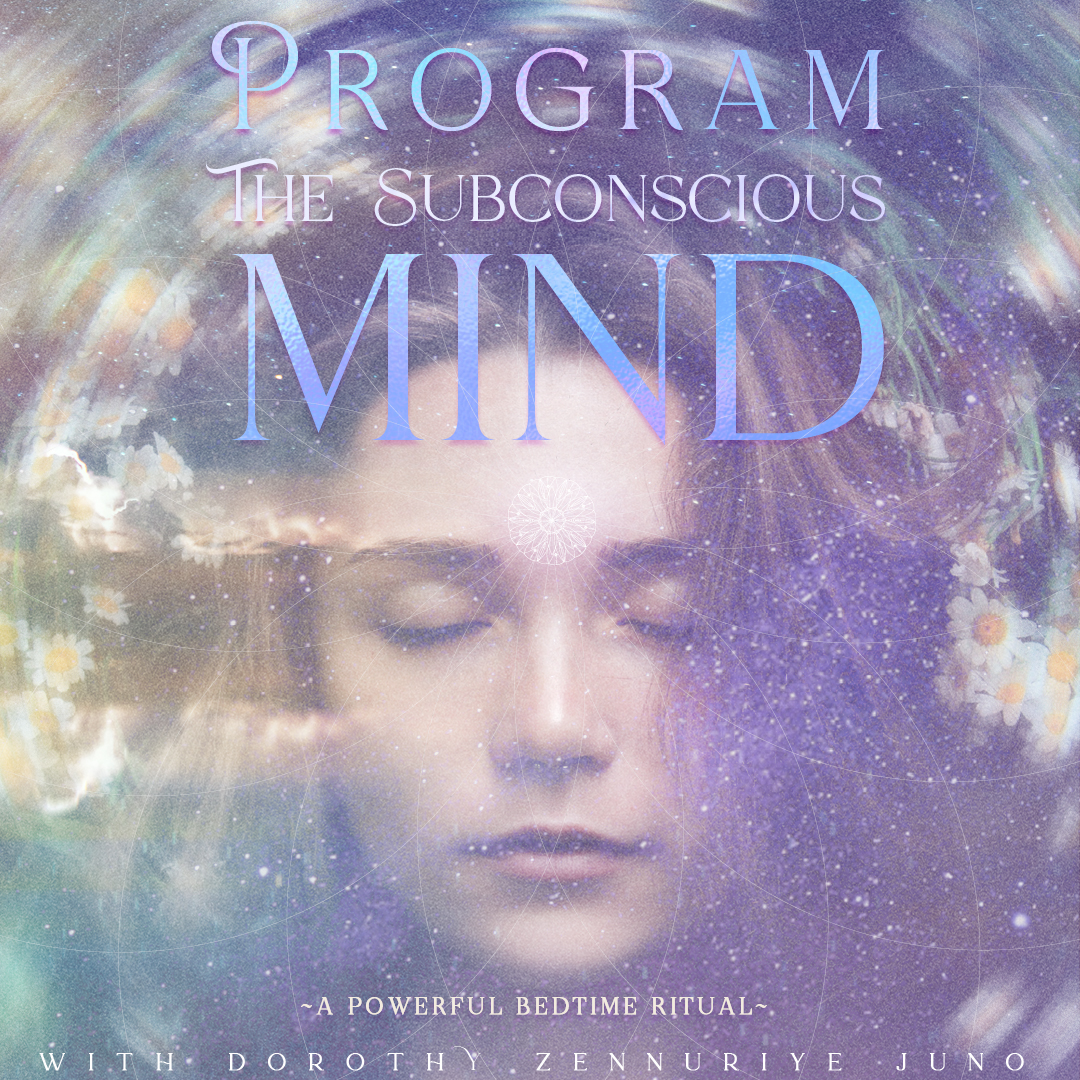Why Taking a Deep Breath Feels Good. The Self-Healing Benefits of Deep Breathing: What You Need to Know.
There are several reasons why taking a single deep breath – or several – are helpful and have proven benefits.
READ on, or listen below:
The basic mechanics of controlled breathing include three parts: (1) inhaling deeply through the nose (aim for a count of four or five) making sure that your abdomen expands, (2) holding the breath for a moment or two, and (3) exhaling completely through the mouth for a count longer than the inhalation.
Here are the top five reasons why it serves you well to take several conscious deep breaths – whenever you can – and as often as you can.
1. Present moment awareness. When you take a deep breath, your attention returns to the present moment. It’s an effective way to reset and refocus your mind in now. This is helpful for being attentive to what you need (to do) in this moment, and to gain presence to what is important now.
It’s also helpful for being aware and awake – for being able to assess what needs your attention, and for knowing how you feel.
A conscious deep breath instantly allows for present moment awareness.
It is only the present moment in which you have complete power to choose. If you come to realize that you live much of your day on automatic pilot, if you are constantly in the throes of attending to the busy nature of your mind rather than being an observer – of witnessing (and enjoying) the present, and for whenever you’ve been sleep walking through (any part of) your life, – a deep breath will quickly prompt you to be present; it rouses you and calls your attention into this moment.
The practice of mindfulness can train our brains to have a new default. Instead of automatically falling into the stream of past or future rumination that ignites the depression loop, mindfulness draws our attention to the present moment. As we practice mindfulness, we actually start wiring neurons that balance the brain in a way that is naturally an antidepressant. – Elisha Goldstein, PhD
To focus on the conscious mind in the present moment is what breaks the cycle of our subconscious. Our well rehearsed thought patterns and behaviours are replaced with attention to the present and reflective of being witness to ‘what is’.
Another way of describing this is to have an open mind to witness life unfolding rather than allowing preconceived ideas and thoughts to overshadow what we may discover from being attentive to what ‘is’.
Experience this 3-minute guided meditation for holding attention in the present moment.
2. Reduce and alleviate anxiety. Deep breaths will signal the parasympathetic nervous system (PNS) to be dominant. Your parasympathetic nervous system is responsible for restoring calm and balance in the systems of your body.
The body is designed to exist – to function at its best – in a calm yet alert state (the PNS activated), however when we interpret situations as stressful, we activate the sympathetic nervous system (SNS).
The body cannot differentiate between a real physical threat and perceived psychological stress. Thus, a person who constantly worries, who tends to perceive situations as stressful – activates the SNS through their thoughts (and imagination) alone.
Think: “breathe – reset – calm”
The activation of the parasympathetic nervous system prompts the body to return to homeostasis typically through rest and recovery. You can switch on the PNS by taking several deep breaths for up to and ideally a period of about 4 minutes; this is the suggested time it takes for your body to fully experience the calming effects – or relaxation response (but even less time if you are practised in deep breathing and meditation).
The benefit of taking several deep mindful breaths — often throughout your day — is of relaxation and calm. It is also a wonderful alternative (and adjunct) to a formal meditation practice.
The results of a 2010 study published in The Journal of Alternative and Complimentary Medicine showed that slow abdominal breathing reduced the “fight-flight-freeze” or F3 response of the sympathetic nervous system (which activates and mobilizes you during a perceived threat) and may also enhance vagal tone (an internal biological process that represents the activity of the vagus nerve).
According to the World Health Organization (WHO), 1 in 13 individuals globally suffer from anxiety. Anxiety disorders are the most common mental disorders worldwide. Specific phobia, major depressive disorder and social phobia are the most common anxiety disorders.
The vagus nerve is the longest cranial nerve in the body. It connects your brain to many important organs including your intestines and stomach, and heart and lungs; thereby influencing your breathing, digestive function and heart rate. It is the prime component (the controller) of the parasympathetic nervous system which regulates the relaxation response.

Early anatomical drawing of the Vagus nerve. Source: Wellcome Library/Public Domain
The word “vagus” means “wanderer” in Latin, which accurately represents how the nerve wanders all over the body and reaches various organs.
Deep diaphragmatic breathing—with a long, slow exhale—is key to stimulating the vagus nerve and slowing heart rate and blood pressure, particularly at times when you feel anxious.
“The tone of the vagus nerve is key to activating the parasympathetic nervous system. Vagal tone is measured by tracking your heart rate alongside your breathing rate.
Your heart rate speeds up a little when your breathe in, and slows down a little when you breathe out.
The bigger the difference between your inhalation heart rate and your exhalation heart rate, the higher your vagal tone. Higher vagal tone means that your can relax more quickly after a stressful situation.”
Additionally, the vagus nerve releases a neurotransmitter called acetylcholine; the result of which is experienced as increased focus and calmness and a decrease in feelings of anxiety.
Deep breathing is a simple way to help your body naturally regulate itself and it induces a feeling of calm.
How it works?
Deep breathing works to calm anxiety by a recent finding of a small group of 175 neurons responsible for communicating respiratory information to other parts of your brain.
These nerve cells connect breathing to states of being, such as anxiety, excitement, and relaxation.
They are responsible for different types of breath, from shallow to gasping. The tiny cluster of neurons linking respiration to relaxation, attention, excitement and anxiety is located deep in the brain stem.
It’s believed that about 60 types of nerve cells make up this so-called “breathing pacemaker”, and each of these nerve cell groups are responsible for different breathing patterns including the calming effect you experience during meditation.
Controlled breathing, also known as diaphragmatic breathing, deep breathing, pranayama breathing, or relaxing breathing, has long been a fundamental part of Eastern practices, like yoga and meditation. It’s one of the foundations of mindfulness.
Dr. Herbert Benson, Author of the ‘the Relaxation Response‘ argued that controlling breathing triggers the parasympathetic nervous system to take over, countering our sympathetic nervous system’s fight or flight response to daily stresses. In effect, the relaxation response is the anti-fight or flight response.
Taking long, deep breaths slow your heart rate and activate your calming parasympathetic nervous system.
“What Type of Diaphragmatic Exercises and Technique Should I Use?”
Any type of deep, slow diaphragmatic breathing— during which you visualize filling up the lower part of your lungs just above your belly button like a balloon and then exhaling slowly—is going to stimulate your vagus nerve, activate your parasympathetic nervous system, and improve your heart rate variability (HRV). The brain interprets your diaphragmatic breathing as it being necessary to calm the body, even if the nerve has not given that order specifically.
Some people make time every day to practice diaphragmatic breathing as part of a yoga or mindfulness meditation routine. Others take a deep and conscious breath when they catch themselves feeling anxious or “panicky,” as a simple and immediate strategy for when they want to gain perspective, or wish to relieve some frustration.
All of these applications of diaphragmatic breathing are very helpful.
Some diaphragmatic breathing techniques prescribe inhaling and exhaling only via mouth breathing. Other experts recommend breathing only through your nose.
In the meditation that follows, I introduce a combination of both. Experiment with what type of diaphragmatic breathing fits your lifestyle and feels most calming (and right) for you.
Experience this simple diaphragmatic breath meditation for activating your parasympathetic nervous system (PNS), and improve your HRV.
3. Focus your Mind – Improve Your Brain Performance. Any time that you find it difficult to focus attention – take several deep breaths – mindfully – as a way of increasing your oxygen intake.
Breath-focused meditation and yogic breathing practices have numerous known cognitive benefits, including: increased ability to focus, decreased mind wandering, reports of more positive emotions, and decreased emotional reactivity.
When deep breathing is incorporated into a regular meditation practice, your brain actually increases in size. More ‘youthful’ brains have a reduced risk of dementia, and mindfulness meditation techniques actually strengthen brain networks. Meditation (which includes deep breathing) has been found to increase gray matter density in a number of different brain regions, including the hippocampus, which is essential for memory. People who routinely practice mindfulness meditation develop thicker layers of neurons in the insula — a region of the brain that activates upon tuning into your body and feelings (e.g. sensory processing)— and in parts of the prefrontal cortex controlling attention. This is why meditation helps us to become aware of how we feel (which can then help us attend to our emotional needs) and to focus our mind at will.
Similarly, research has shown that breathing in and out through only the left nostril can significantly improve right hemispheric cognitive performance. Other studies have shown that focused breath work can increase alertness, concentration, and feelings of invigoration. By decreasing stress, anxiety, and depression, which have been shown to limit neurogenesis, deep breathing may also facilitate the birth of new brain cells.
Breathing can change your state of mind.
New research shows for the first time that breathing – a key element of meditation and mindfulness practices – directly affects the levels of a natural chemical messenger in the brain called noradrenaline. This chemical messenger is released when we are challenged, curious, exercised, focused or emotionally aroused, and, if produced at the right levels, helps the brain grow new connections. The way we breathe, in other words, directly affects the chemistry of our brains in a way that can enhance our attention and improve our brain health. Source: Trinity College Institute of Neuroscience and the Global Brain Health Institute at Trinity College Dublin.
“Short, simple breathing exercises can directly improve brain performance.”
4. Natural Pain Relief. When you’re anxious or stressed out, you may be prone to holding tension in various parts of your body. In fact, carrying tension in the body is one of the most common causes of mild muscle pain.
There are many other reasons you could be experiencing pain. Other causes of body aches include too much physical activity, autoimmune disorder, thyroid issues, and suffering from the flu or the common cold.
Instead of using pain medication, or trying to push through the pain, there is a healthy alternative. Deep breathing is a natural pain killer and can decrease the amount of pain you’re feeling. This is because breathing deeply releases endorphins in your brain. Endorphins have inflammation fighting capabilities, and can decrease the amount of pain felt from inflamed parts of the body.
Endorphins like dopamine are also responsible for helping you feel happy in relation to your actions. The autonomic nervous system and dopamine are connected, so when you breath deeply, you activate the parasympathetic side of the autonomic nervous system, which in turn releases dopamine into your brain.
Witness the powerful healing effects of your body. Let this breath meditation for healing pain be an important part of your healing process.
5. Helping the Body to Restore and Heal Itself.
Your body is an incredible self healing system that is activated with deep breathing.
“Breathing is regenerative and restorative. It cleanses our body of toxins that have built up.”
Deep breathing increases circulation of lymphatic fluid which aids in a healthy lymphatic system and in cleansing your body. Your lymphatic system is a system of vessels that run parallel to your blood vessels, carrying lymph. Lymph fluid is full of white blood cells – these are your immune cells which fight infections and illness. Immune cells travel to all your tissues and literally pick up waste (toxins) from your cells and take that waste out. You want toxins and waste to leave your body. You want your lymph system to detoxify your body; to move. If your lymphatic system moves slow, toxins sit around much longer and damage your cells. This is what causes fatigue, aches, pains, illness and disease. Deep breathing is the switch that triggers your lymph to flow; that aids in the body’s ability to detoxify.
Through daily metabolism, your body creates waste products. Your lungs are one of the main ways these wastes (toxins) leave the body. Your lungs are the entrance point for the air that you breathe in – and the release of the gases that the body expels. When you use a limited portion of your lungs, breathing shallow – you limit the amount of oxygen that comes in and toxins that need to be released because many of the (unused) tiny air sacs in the lungs are collapsed.
Your body loves and lives on oxygen, so more is definitely better. When you practice deep breathing daily, you open up more of your lungs. You take in more oxygen, you get rid of more waste products.
The simple practice of taking conscious deep breaths helps your body do what it is so intelligently designed to do.
There are a myriad of physiological benefits when deep breathing. Here is an additional list of how you support and aid the body to restore and heal itself each time you take conscious deep breaths.
- Deep breathing helps your respiratory system to works better. Respiratory difficulties such as asthma, bronchitis and even chest pain can subside.
- Breathing into the gut massages the internal organs to function well. One simple benefit of deep breathing is improved digestion as it assists the enteric nervous system which regulates digestive activity. Breathe into your lower abdomen to experience this benefit.
- Deep breathing increases oxygen to the heart as blood circulates more effectively.
- Deep breathing supports your immune system, which helps tissues to regenerate and heal. Taking deep breaths causes you to experience more internal energy (wakeful, energized) which also aids the body in detoxifying.
The Ideal Way to Deep Breathe
The idea of this kind of breathing is based on a yoga breathing practice called pranayama. Prana means life force and yama means to consciously control or elongate.
Try this.
INHALE
through your nose
with your mouth closed
and your chest expand outward HOLD YOUR BREATH
EXHALE
through your open mouth
first empty the chest
then let your diaphragm rise back up
Count the number of counts as you inhale. Hold breath for the same number of counts. Release breath for 1-2 counts longer than your inhalation.
If you can do 10 deep breaths a day, wonderful. Doing this three times a day would be amazing!
















It’s really nice and informative !!! Thanks for sharing it. Keep it up.
Thank you Bulet Kumar :)) 💜
Perfect and exactly what was needed.
Namaste 🙏